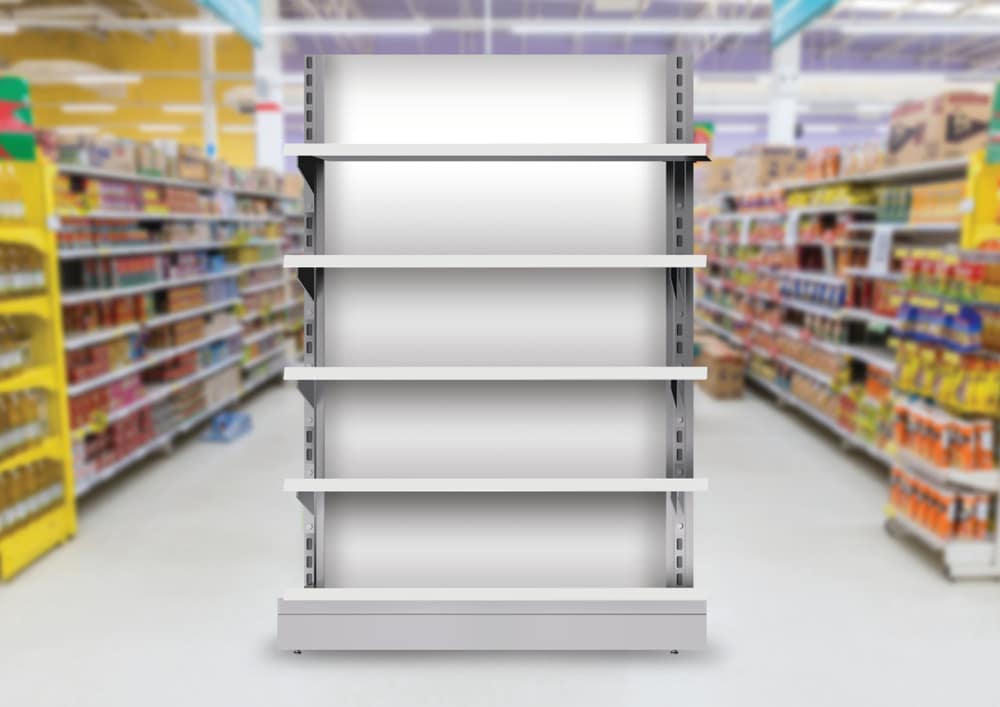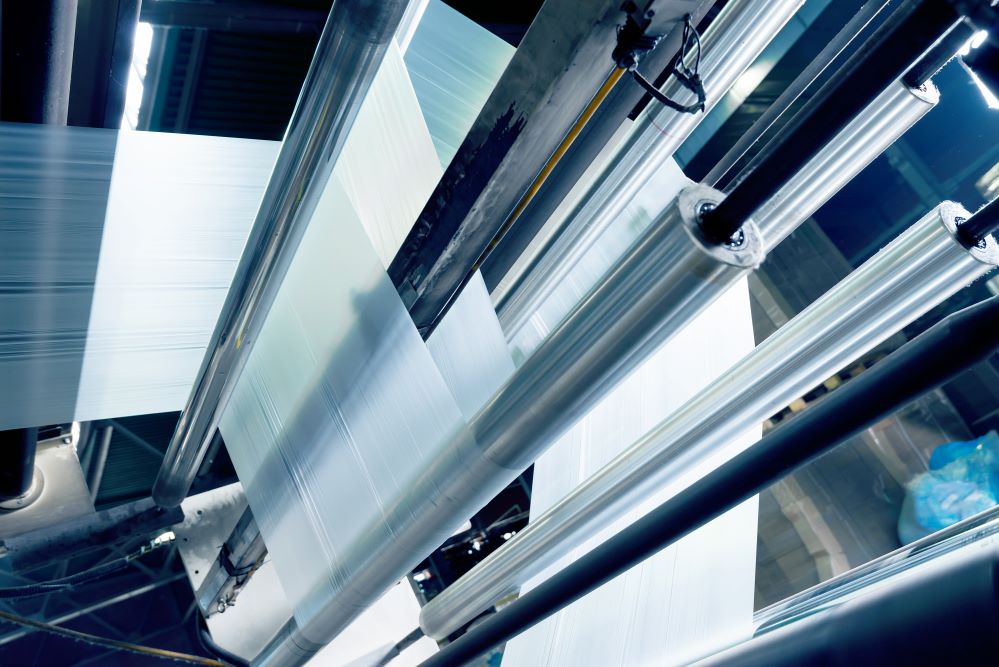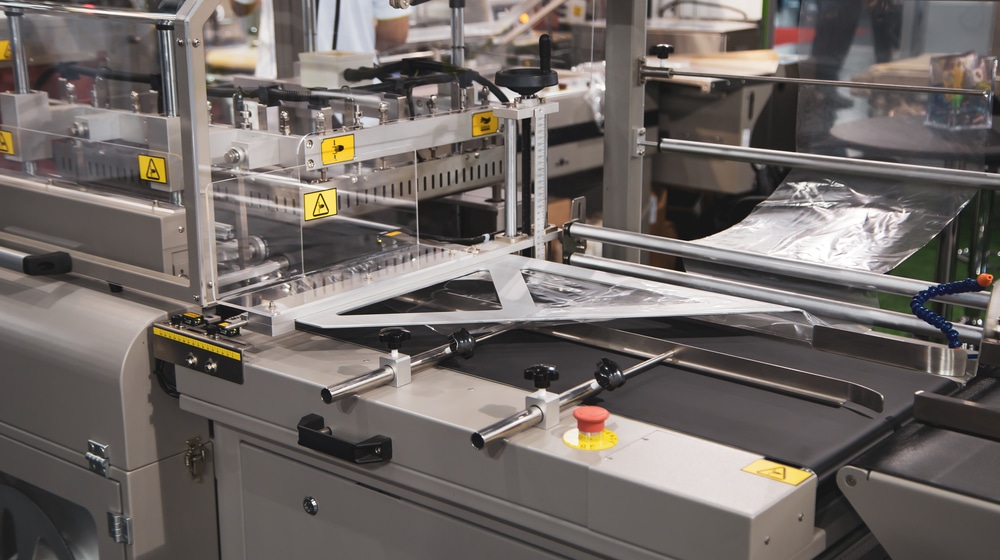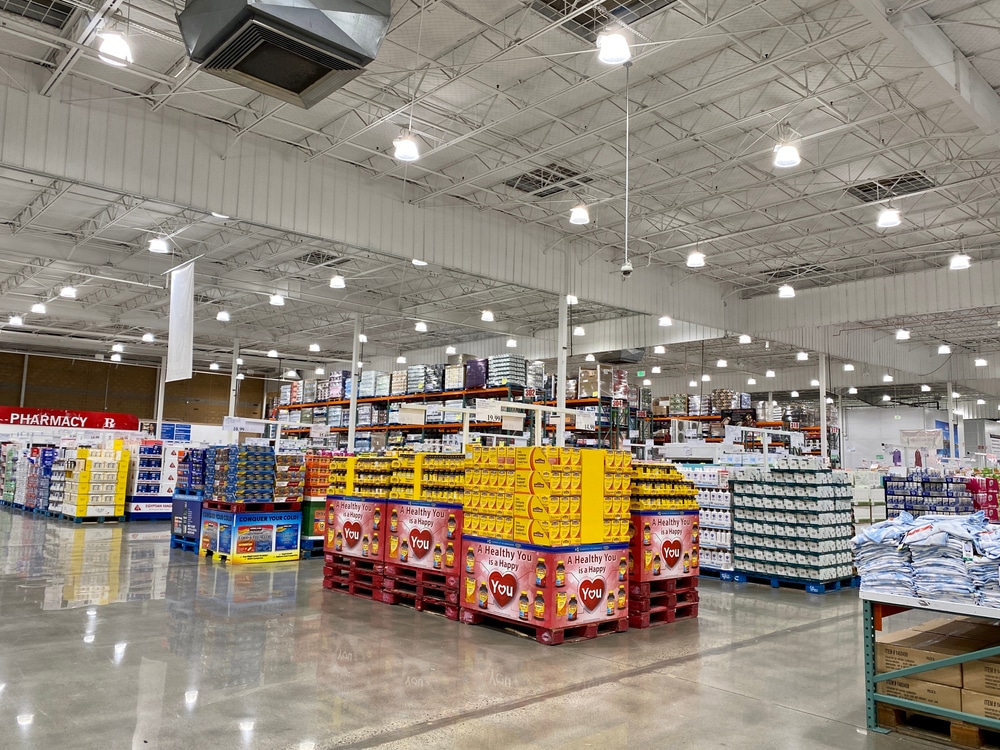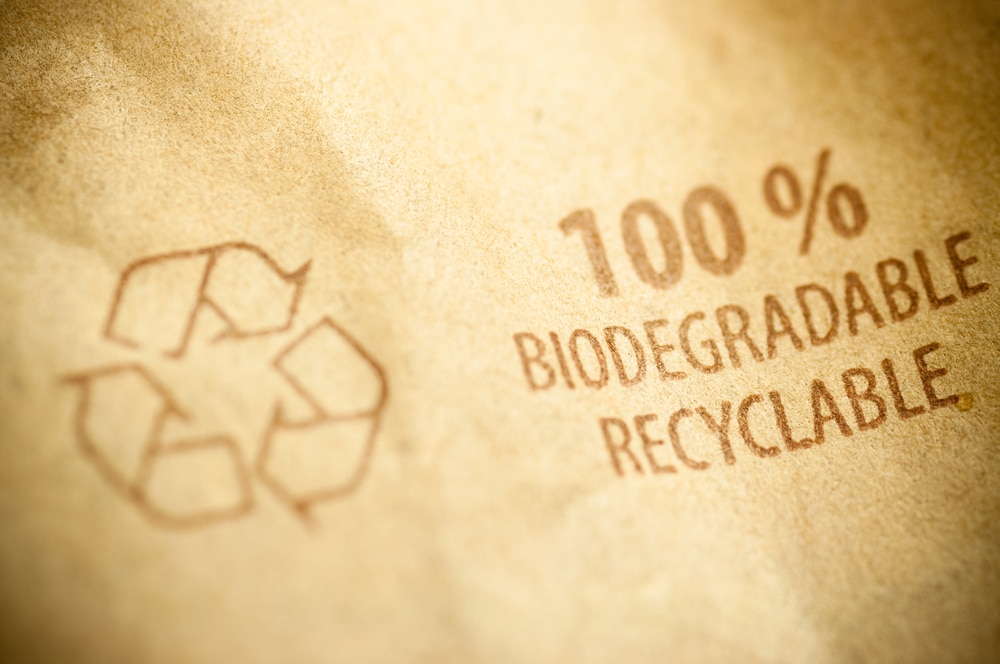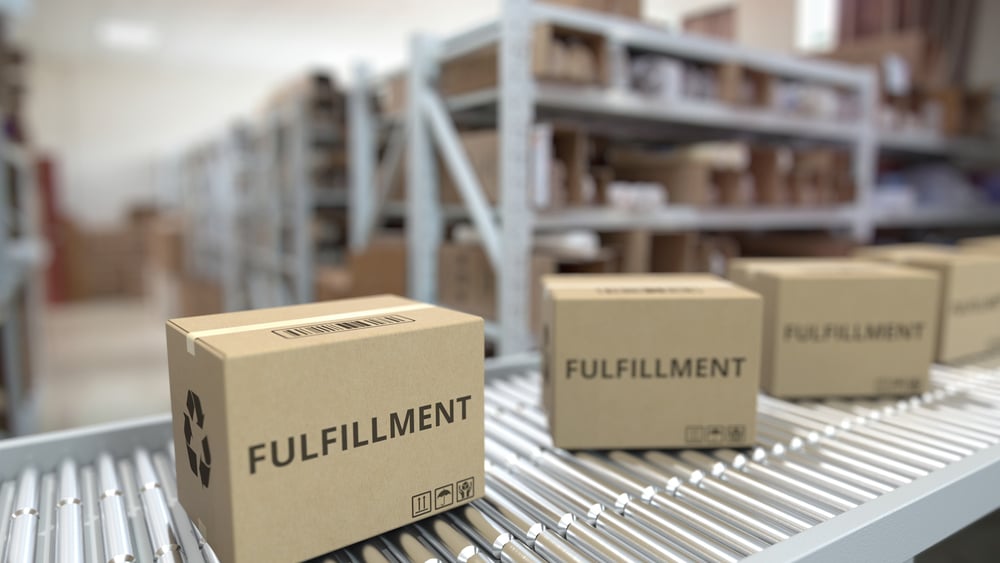POP displays and custom display design play a huge role in the co-packing and contract packaging processes. Choosing a Retail Point of Purchase (POP) display is a crucial decision for any retailer. Your choice can significantly impact your products’ visibility, customers’ shopping experience, and ultimately, your sales. A well-crafted POP display can draw attention to specific products, promote ongoing sales, and even influence last-minute buying decisions at the check-out line. However, with a plethora of options available in terms of materials, designs, and sizes, making the right choice can seem daunting. This guide will walk you through the process of selecting a POP display that aligns with your brand, caters to your customer’s preferences, and maximizes your retail space’s potential.
What Are The Goals of a POP Display?
Before deciding which POP display is right for your product, it’s important to be aware of the goals you want your display to achieve. Clearly define what kind of impact you’re hoping for, as well as the specific objectives that should guide your design and selection process. Common objectives for POP displays include:
Raising Product Awareness
Point of Purchase (POP) Displays serve as effective tools to generate awareness regarding upcoming or soon-to-be-launched products. Such displays capture people’s attention and prompt them to take action when they come across something intriguing in stores. For instance, if your POP Display showcases a preview of your future product lineup, customers will actively visit stores in search of these items, even when they are not yet available.
Improve Marketing Campaigns
POP displays can play a pivotal role in amplifying your marketing campaigns. By integrating your ongoing marketing efforts into the design of your POP displays, you can create a consistent and engaging message that connects with customers. Whether it’s promoting a seasonal sale, a limited-edition product, or a brand-wide campaign, your POP display can ensure that the marketing message resonates throughout the customer’s in-store experience. This integration not only strengthens your campaign’s reach but also reinforces brand recall, increasing the chances of purchase and repeat business.
Organize Your Products To Improve Shopper Experience
A well-structured POP display can significantly enhance the shopping experience by providing an organized, logical arrangement of products. This can streamline the shopping process, making it easier for customers to locate and compare items. For instance, coordinating products by category, color, or price range can simplify navigation, reducing shopping time and frustration. An effective POP display can thus lead to a more satisfying shopping experience, fostering customer loyalty and encouraging repeat visits.
Attract New Customers To Increase Sales
POP displays are not only designed to cater to the existing customer base but also to attract new potential customers. By featuring unique designs, compelling visuals, or exclusive deals, your POP display can act as a magnet, pulling in curious shoppers who might not have otherwise engaged with your brand. This could result in increased traffic to your store, higher product visibility, and ultimately, a significant boost in sales. Hence, constructing an appealing, attention-grabbing POP display is a worthwhile investment for any company seeking to broaden its customer base and uplift its revenue.
What Questions Should You Be Asking?
When selecting a POP display, several key questions should guide your decision-making process.
- What type of product will be displayed, and what is the nature of your customer base?
- What are the constraints and advantages of your retail space?
- How will the display fit into your broader store layout and brand aesthetic?
- What material and design will work best for your targeted customer and product type?
- How will this display enhance the customer’s in-store experience?
By keeping these considerations in mind, you can select a POP display that effectively showcases your products, complements your store environment, and aligns with your marketing goals.
Let MMCP Help You
At Maple Mountain Co-Packers, we know how important retail displays can be when it comes to not just successfully selling a product, but the co-packing and contract packaging process. We can provide you with the expertise and guidance needed to choose a POP display that meets your needs. Our team of professionals is experienced in helping clients select the perfect design, material, and size for their POP displays. We can also provide insights into the pros and cons of various options, as well as help create a customized solution tailored to your store’s unique layout and product line. Contact us today to learn more about how we can help you!
